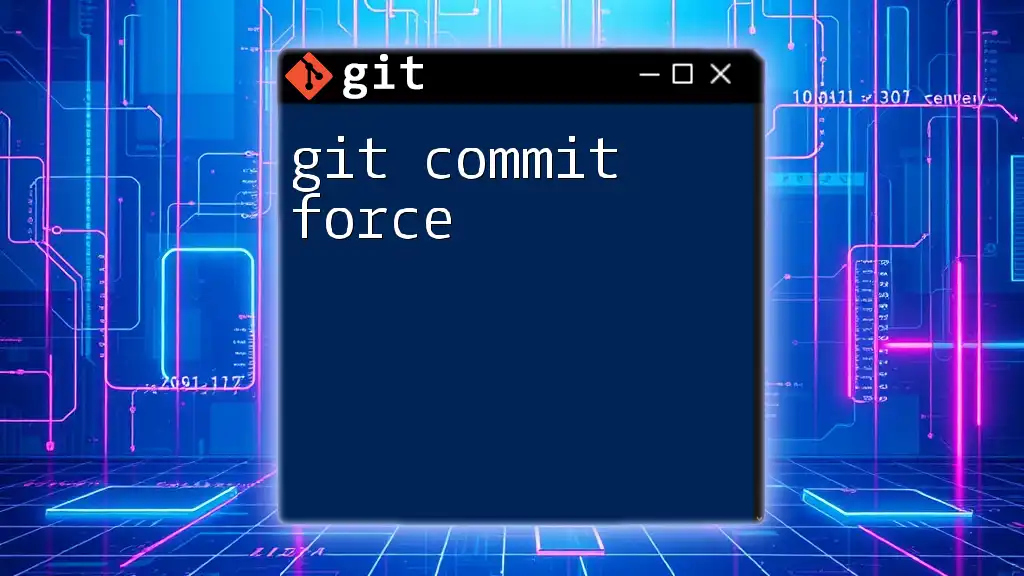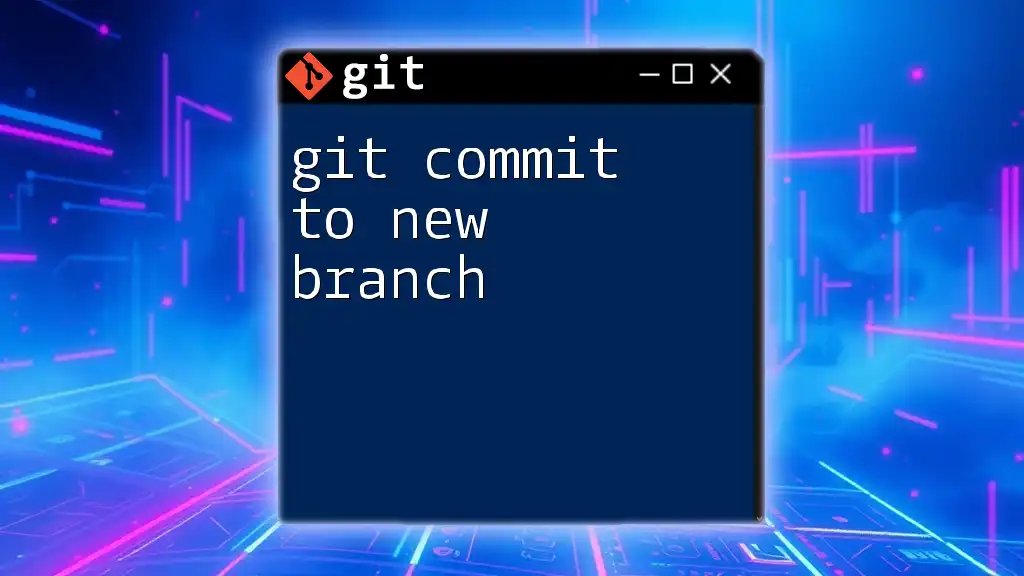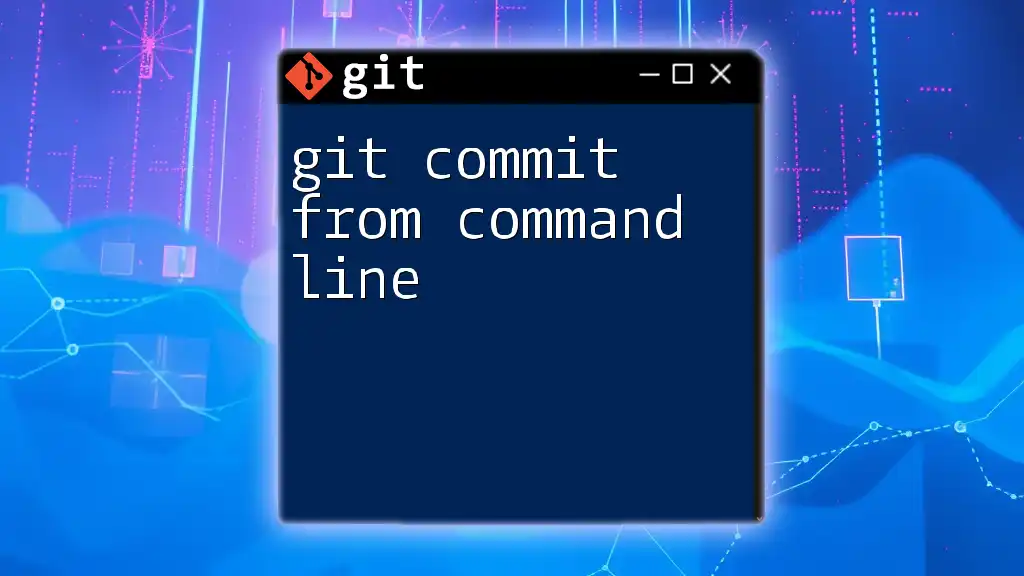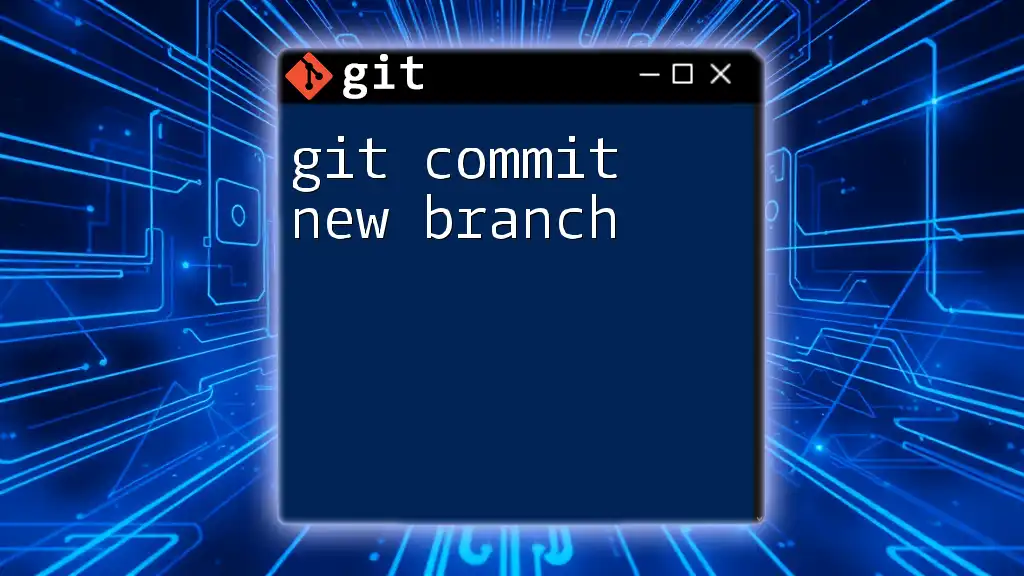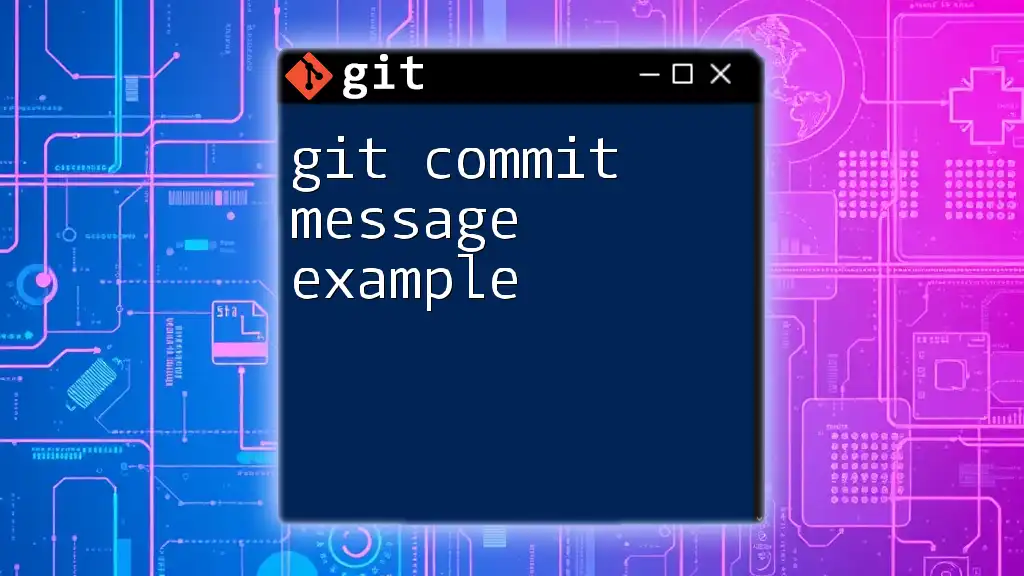The `git commit --force` command allows you to override the commit hooks and force a commit even if there are issues detected by those hooks.
git commit --force -m "Your commit message here"
What is a Git Commit?
Definition and Purpose
In Git, a commit is a snapshot of your files at a specific point in time. It serves as a way to record changes made to your project, allowing you to track the evolution of your codebase. Each commit functions as a checkpoint that you can revert to if necessary, providing a crucial safety net in your development process.
Syntax of Git Commit
The basic syntax for creating a commit in Git is as follows:
git commit -m "Commit message"
In this command, the `-m` option allows you to specify a commit message, which should succinctly describe the changes included in the commit. Providing clear and meaningful messages is essential for maintaining a transparent project history.

Understanding the Need for Force Commit
Common Scenarios for Force Commit
There are several situations where a force commit can be advantageous:
-
Collaborative Projects: When you’re working with a team, your local and remote branches might diverge. A force commit allows you to overwrite the remote branch with your local commits.
-
Rewriting Commit History: You may encounter the need to edit a commit that has already been pushed to a remote repository, such as when a mistake needs correction.
-
Adding Missed Changes: If you commit changes and then realize that you forgot to include some files, a force commit lets you rectify this effectively.
Consequences of Force Committing
While `git commit force` can be a powerful tool, it comes with its risks. The most significant consequence is overwriting changes made by others. If collaborators have pushed their changes while you were working, using a force commit can erase their contributions, leading to confusion and potential loss of work. Always communicate with your team before executing a force commit.

The `--amend` Option
What Does `--amend` Do?
The `--amend` option allows you to modify the most recent commit without creating a new one. This can be particularly useful for adjusting commit messages or merging changes that were unintentionally omitted from the prior commit.
How to Use `--amend`
To amend the most recent commit, you can use the following command:
git commit --amend -m "New commit message"
This command allows you to change the commit message. If you have files staged that you want to include in the amended commit, just run:
git add <file>
git commit --amend
In this case, your recent commit will include the newly added changes along with your previous changes, creating a seamless history.
Example of `--amend`:
Suppose you have committed your changes but forgot to include a file named `index.html`. Here’s how you can amend that commit:
git add index.html
git commit --amend -m "Updated commit to include index.html"

The `--force` Option in Git
What Does Force Committing Mean?
Force committing is not a term that officially exists in Git commands, but it often refers to using `--force` during a push operation. The standard command `git push` updates changes on a remote repository but may reject your push if the remote contains commits that you don’t have locally. The `--force` option allows you to override this safeguard.
How to Use `--force` in Git
To force push your changes to a remote repository, you can execute:
git push --force
Practical Examples:
-
Imagine you’ve made several commits and, while rebasing, your commit history diverges from the remote. In this case, you would use:
git push --force -
If you’ve amended a commit, you might need to push your changes forcefully to update the remote branch:
git commit --amend -m "Updated commit" git push --force

Best Practices for Force Committing
When to Use Force Commits
Before resorting to a force commit, you should ask yourself: is it absolutely necessary? Only use `--force` when you’re certain that your changes should replace what is on the remote. Common scenarios include:
- Correcting errors after rebasing or amending prior commits.
- When you're the sole contributor to a branch.
Alternatives to Force Committing
Instead of force committing, explore other strategies that may prevent data loss:
-
Rebasing: This allows you to apply your changes on top of the remote branch, preserving history while avoiding force pushes.
-
Merging: If changes on the remote are important, you may want to merge them into your local branch before pushing.
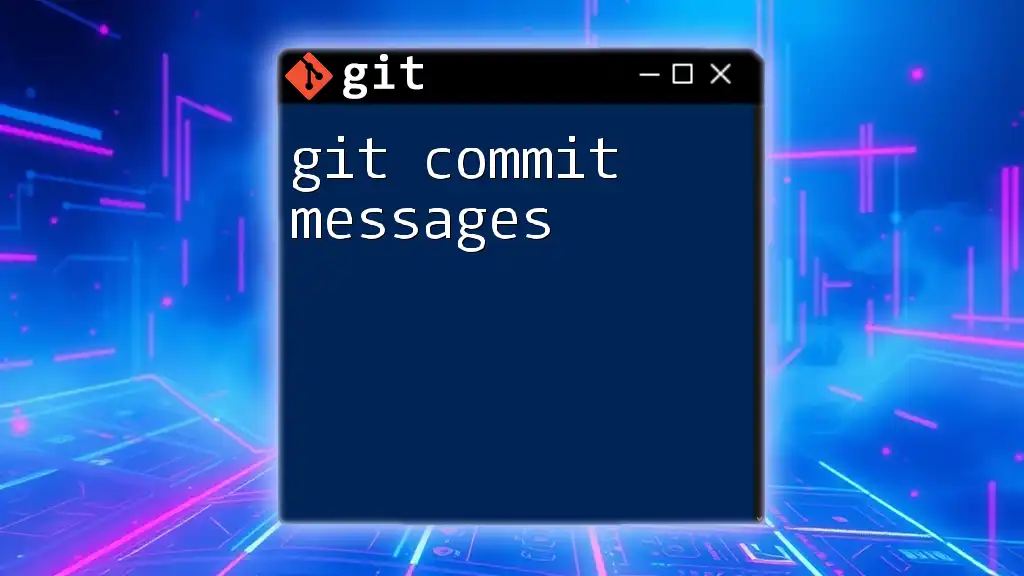
Troubleshooting Common Issues
Common Problems with Force Commits
While force commits can resolve certain issues, they may also lead to critical errors, such as:
- Overwriting important branch commits, especially in collaborative settings.
- Miscommunication with team members regarding the integrity of the codebase.
How to Recover from Mistakes
If you realize a force commit has caused problems, Git provides recovery options, such as:
-
Reverting to Previous Commits: Use the `git reset` command to return to a prior point in your commit history. For example, to move back one commit:
git reset --hard HEAD~1 -
Using `git reflog`: This command tracks all actions you’ve performed in your local repository, allowing you to recover lost commits.
git reflog
Identify the commit hash to which you want to return and use:
git checkout <commit_hash>

Conclusion
Using git commit force requires careful consideration and understanding of Git behaviors. This powerful command can facilitate development but also threatens team harmony and project integrity when misused. As you practice with Git commands, always ensure that your changes reflect collaboration and clear communication.

Call to Action
Ready to dive deeper into Git? Join our workshops and tutorials to get hands-on experience with Git commands and best practices. Follow us on social media for daily tips, tricks, and updates that will elevate your version control skills!
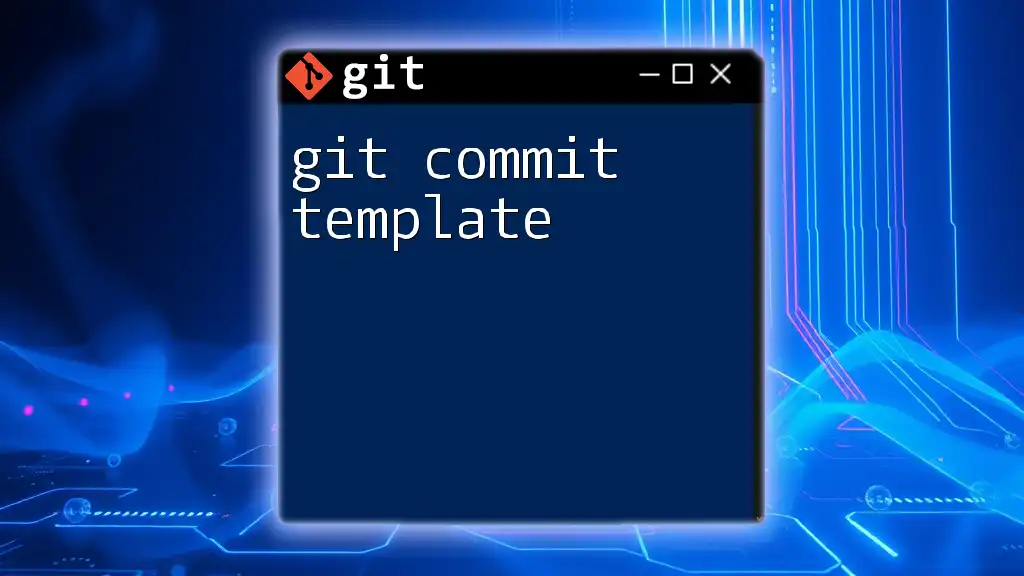
References and Further Reading
To improve your understanding of Git and its functionalities, consider exploring the following resources:
- The official [Git documentation](https://git-scm.com/doc).
- Books like "Pro Git" by Scott Chacon and Ben Straub.
- Online platforms offering Git courses and tutorials.

